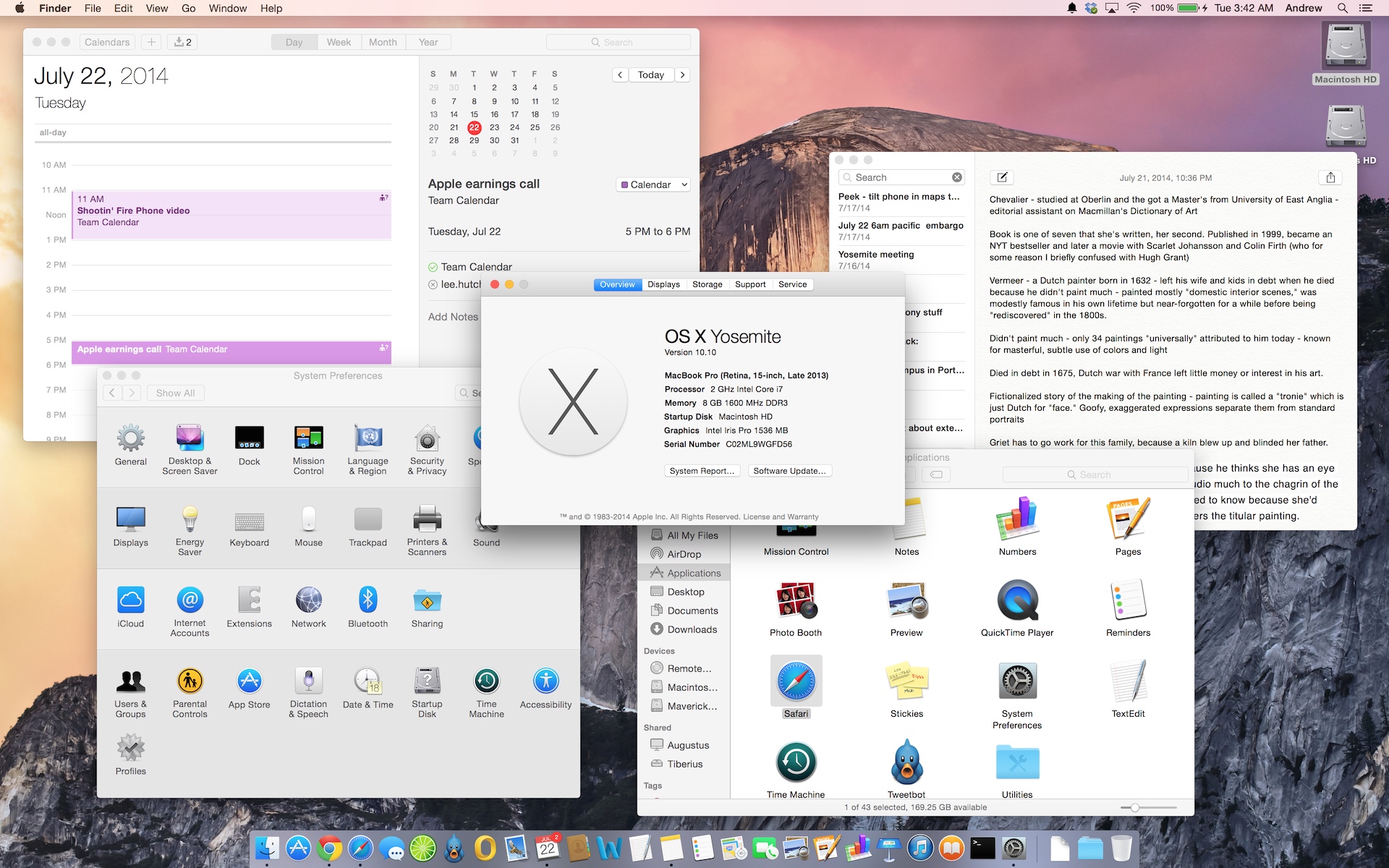
- #WIKI CHROME FOR MAC OS X FOR MAC OS#
- #WIKI CHROME FOR MAC OS X MAC OS X#
- #WIKI CHROME FOR MAC OS X MAC OS#
- #WIKI CHROME FOR MAC OS X CODE#
- #WIKI CHROME FOR MAC OS X WINDOWS#
On January 9, 2007, at Macworld SF, Steve Jobs announced the iPhone.
#WIKI CHROME FOR MAC OS X MAC OS#
Safari 2.0.4 was the last version released exclusively with Mac OS X. This version delivers layout and CPU usage issues, among other improvements.
#WIKI CHROME FOR MAC OS X MAC OS X#
It was only available as part of Mac OS X Update 10.4.4.
#WIKI CHROME FOR MAC OS X FOR MAC OS#
The final stable version of Safari 2, Safari 2.0.4, was updated on January 10, 2006, for Mac OS X.
#WIKI CHROME FOR MAC OS X CODE#
The source code is for non-renderer aspects of the browser, such as its GUI elements and the remaining proprietary. WebKit itself was also released as open source. In June 2005, after some criticism from KHTML developers over lack of access to change logs, Apple moved the development source code and bug tracking of WebCore and JavaScriptCore to. Apple eventually released version 2.0.2 of Safari, which included the modifications required to pass Acid2, on October 31, 2005. These major changes were initially unavailable for end-users unless they installed and compiled the WebKit source code or ran one of the nightly automated builds available at. Apple touted this version as it was capable of running a 1.8x speed boost compared to version 1.2.4, but it did not yet feature the Acid2 bug fixes. Safari 2.0 was released on April 29, 2005, as the only web browser Mac OS X 10.4 offer by default. On April 27, 2005, he announced that his development version of Safari now passed the test, making it the first web browser to do so. In April 2005, Dave Hyatt, a Safari developer, fixed several bugs in Safari, thereby enabling it to pass the Acid2 test developed by the Web Standards Project. Safari's predecessor, the Internet Explorer for Mac, was included in 10.3 as an alternative. On Mac OS X v10.3, Safari was pre-installed as the system's default browser, rather than requiring a separate download, as was the case with previous Mac OS X versions. Later that day, several official and unofficial beta versions followed up until version 1.0 was released on June 23, 2003. The company released the first beta version, available exclusively for Mac OS X. It was based on Apple's internal fork of the KHTML rendering engine, called WebKit. On January 7, 2003, at Macworld San Francisco, Steve Jobs announced that Apple had developed its own web browser, called Safari. Apple's development team also casually referred to it as 'iBrowse' prior to Safari being the chosen name. īefore the name Safari being used, a couple of others were drafted, including 'Freedom.' For over a year internally, the browser was widely known as 'Alexander' that name was used as a string in the code and resources. Microsoft ultimately released a Mac OS X edition of Internet Explorer for Mac, which was bundled as the default browser in all Mac OS X releases from Mac OS X DP4 to Mac OS X v10.2. During that time, Microsoft announced three major versions of Internet Explorer for Mac that were used by Mac OS 8 and Mac OS 9, though Apple continued to support Netscape Navigator as an alternative. Internet Explorer for Mac was later introduced as the default web browser since Mac OS 8.1 as part of a five-year agreement between Apple and its rival, Microsoft. īefore 1997, Apple's Macintosh computers were shipped exclusively with the Netscape Navigator and Cyberdog web browsers. Īs of April 2021, Safari ranked as the second most popular web browser after Chrome, with a market share of 19.40% worldwide and 38.56% in the US. Similar to its desktop counterpart, the mobile version is also 2x faster than Google Chrome. The latest version for iOS was released on September 16, 2020, running iOS 14. Apple claims that it is up to 50 percent faster than Google Chrome while consuming less battery power than other standard web browsers. Safari 14, released on November 12, 2020, is the latest version for Mac as part of macOS Big Sur. In 2005, Apple open-sourced Safari's source code, beforehand only its WebCore and JavaScript Core libraries were publicly accessible, but it contains proprietary components. The default search engine is Google, other optional search engine includes Bing, Yahoo, and DuckDuckGo. Data collected from Safari are stored externally on the system's default syncing platform called iCloud, rather than on the browser itself. A pop-up blocker is enabled with Safari by default there is also an optional Javascript blocker extension togglable via the system preferences. It was among many graphical browsers running Google's Safe Browsing.
#WIKI CHROME FOR MAC OS X WINDOWS#
A Windows version was available from 2007 to 2012. It is currently supported on iOS and macOS.

It first appeared as part of Mac OS X Panther on the Mac in 2003 later, a mobile version was introduced as part of iPhone OS 1 on the iPhone and iPod touch in 2007. Safari is a WebKit-based partially open source graphical web browser developed by Apple.


 0 kommentar(er)
0 kommentar(er)
